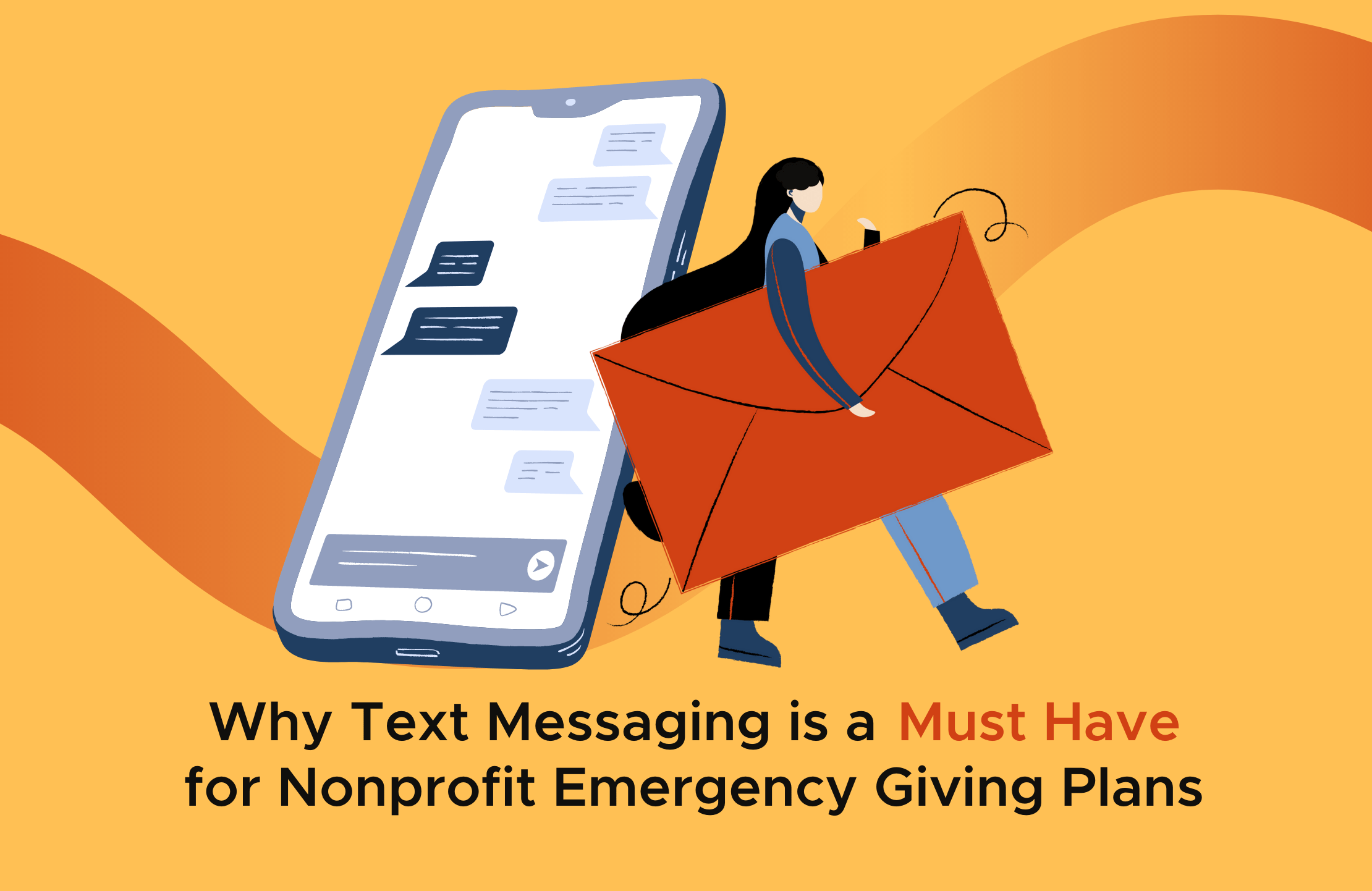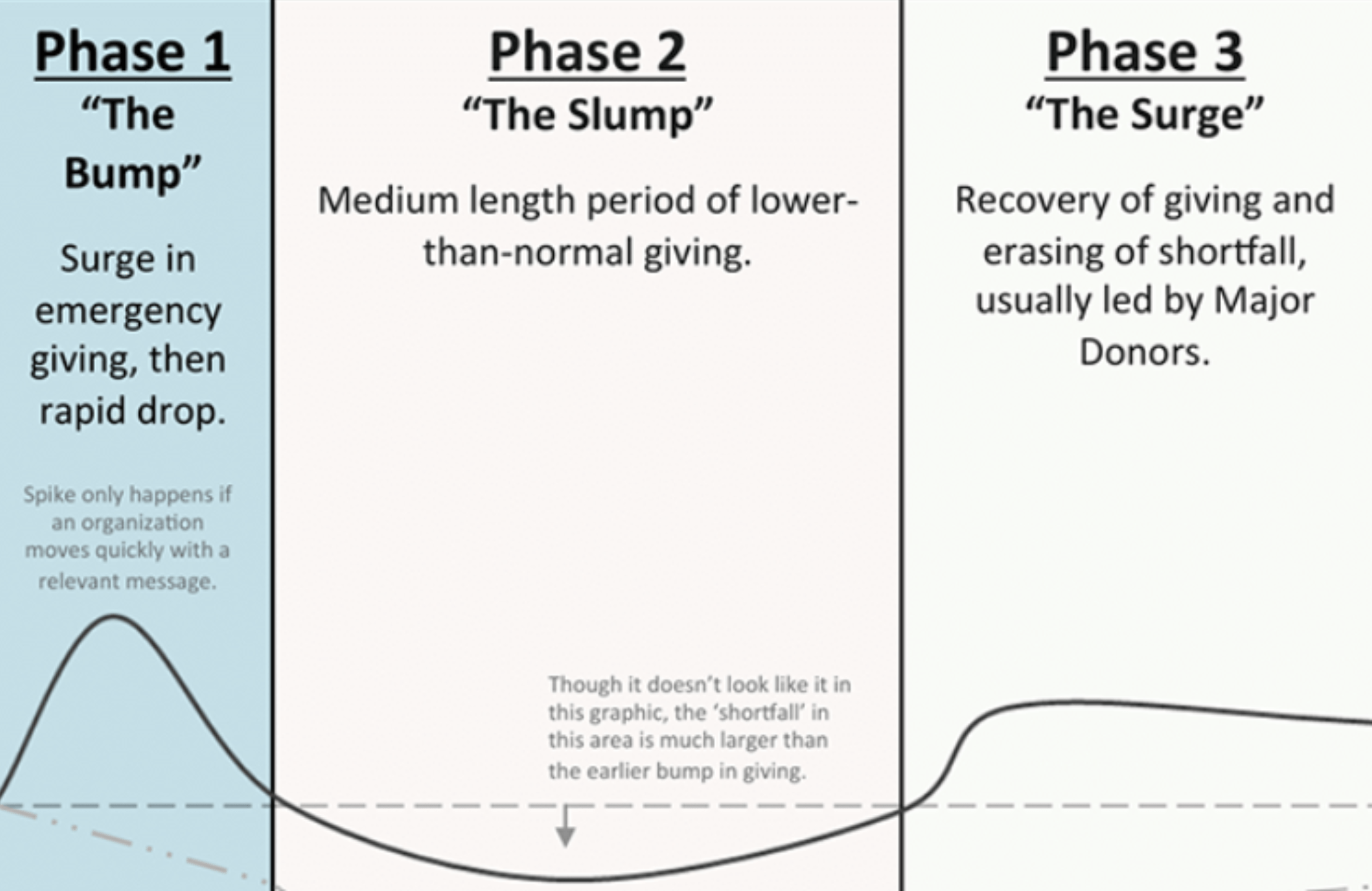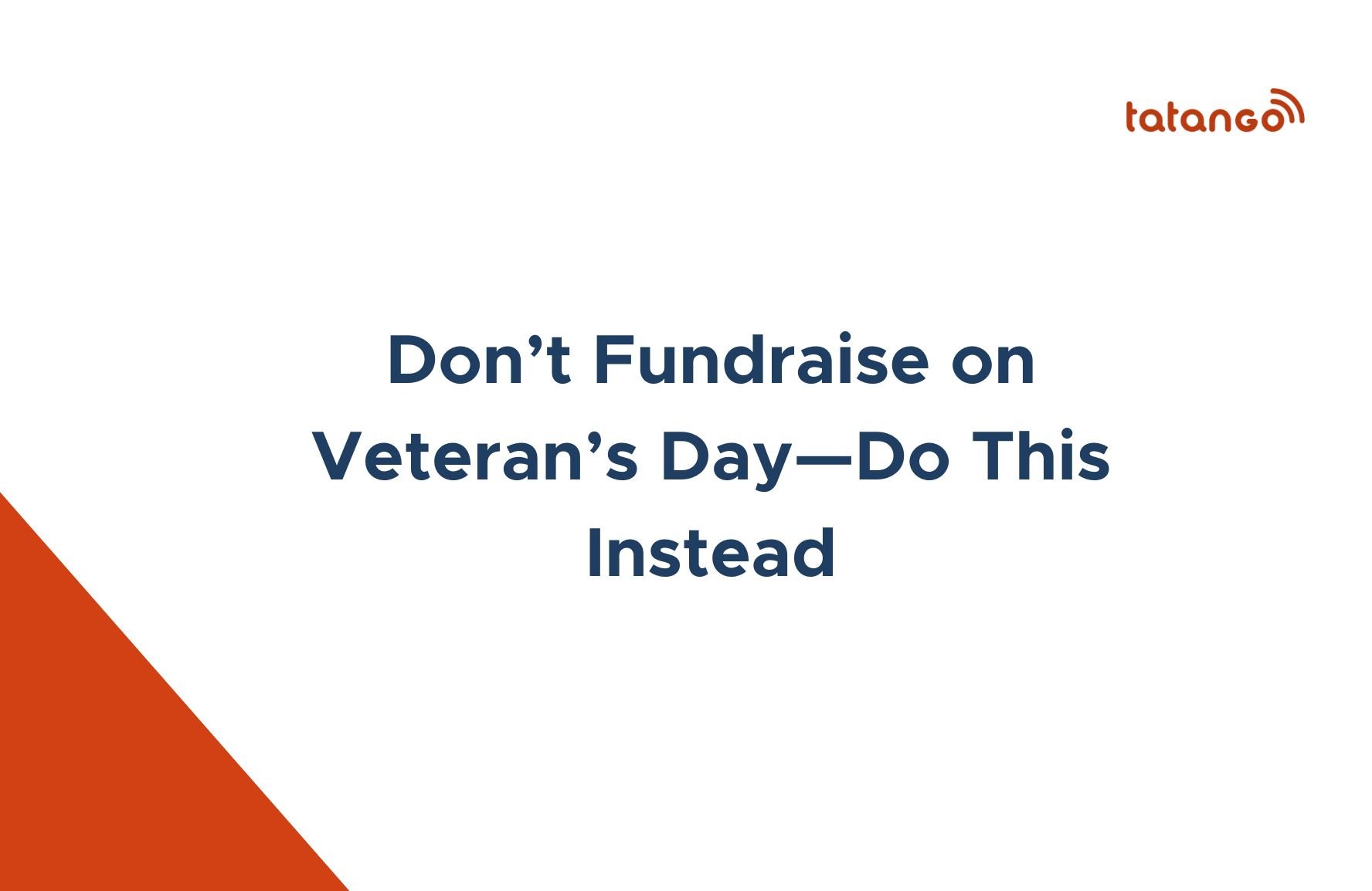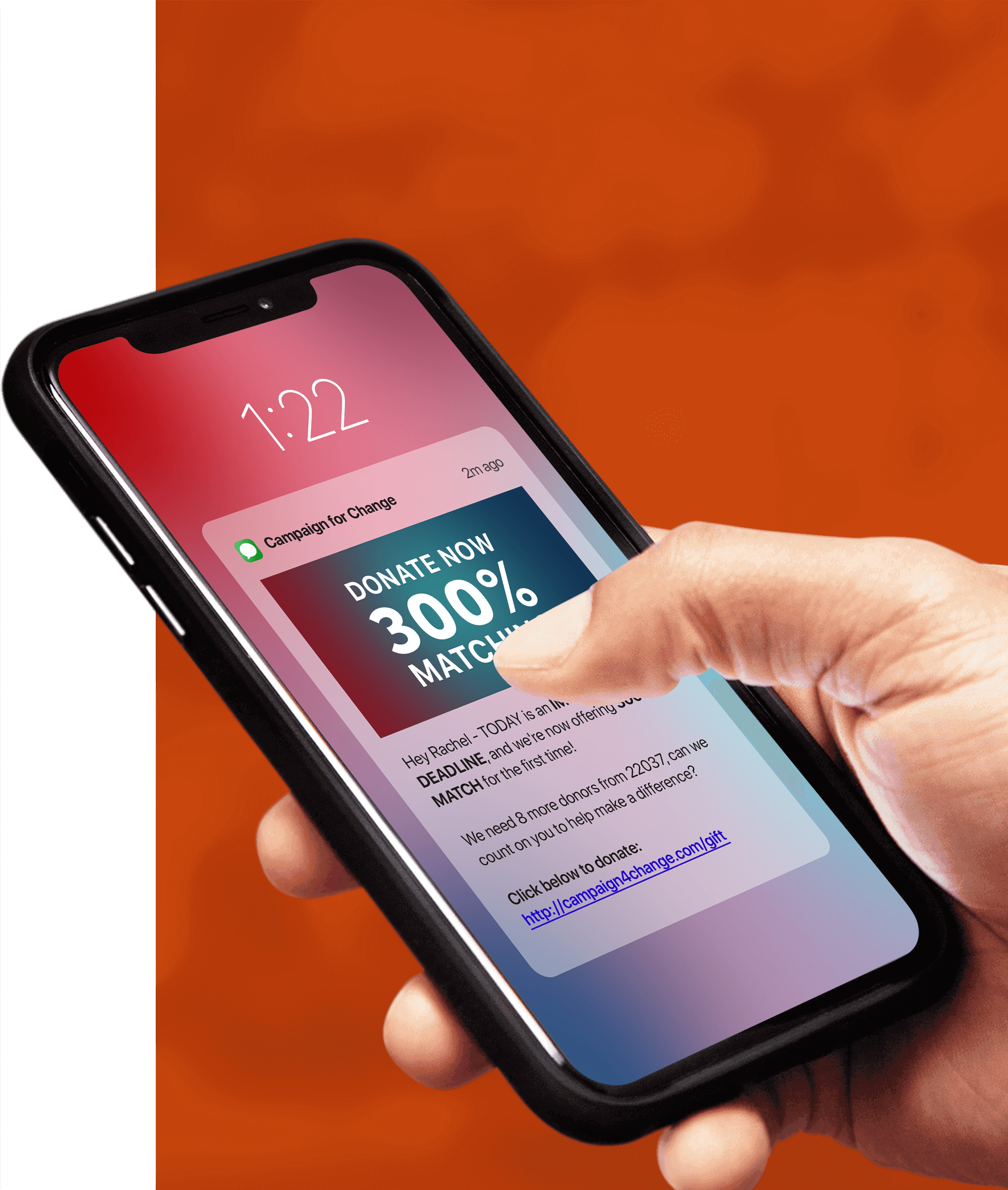
While natural disasters and emergencies happen regularly, the response in support of victims is often immediate and widespread. A swift outpouring of donor generosity often follows hurricanes, earthquakes, animal rescues, and other emergencies.
According to the Indiana University Lilly Family School of Philanthropy, these donations typically occur within six weeks of a disaster when media coverage is most intense.
In their whitepaper, Fundraising in a Pandemic and Economic Downturn: What Will Happen, How You Can Succeed, Steven Screen and Jeff Brooks called this first phase of emergency giving “the bump.” They described how donations spike for nonprofits that move quickly after the emergency and deliver timely, relevant messaging to constituents.

Credit: The Better Fundraising Co.
Why Text Messaging Is a Top Channel for Emergency Giving
Timing matters, and nonprofits prepared to execute an emergency giving plan can see a surge in donations. This plan should include a website donation form, lightbox, and messaging that can be deployed on short notice and require minimal content updates.
And using the right communications channels matters, too. A critical piece of an emergency giving plan is delivering messages quickly and reliably via a channel on which constituents are most likely to read them.
Industry data consistently shows text messaging has the highest engagement, reliability, and speed.
High Engagement
Text messages have higher open (99% vs. 22%) and click-through rates (6.3% vs. 1.3%) than email.1
The click-through rate for text messages is also higher than the engagement rates for Facebook or Instagram posts, which are 1.4% and 3.35%, respectively.2
Reliability and Deliverability
Practically all text messages are delivered unless a phone number is no longer in use, or the recipient is out of the country.
By comparison, 20% of emails sent never make it to the inbox,3 Facebook posts reach only 5.5% of followers,4 and Instagram posts reach just 32% of followers for smaller brands.5
Speed
Ninety-five percent of text messages are opened in the first three minutes. Eighty-three percent of emails are opened in the first 48 hours.
Think of it this way: While direct mail is messaging for the month and email is messaging for the week, texting is messaging for the moment.
It’s important to deliver emergency giving messages across all channels, but text messaging is the fastest and most reliable channel to ensure recipients receive and read emergency messages. It’s essential in any emergency giving plan.
Text Messaging and Emergency Giving Have Evolved Since 2010
Using text messages to raise money for emergencies has been around for a while. Recall After the Haiti earthquake in 2010. The American Red Cross raised $38 million by asking people to text the keyword “HAITI” to a short code to donate $10.
Since then, text messaging for emergency giving has evolved. Instead of donating a small amount by texting a keyword, text messages now include a link to a donation form where supporters can give. There are several advantages to using a donation link:
- The average online donation is $1251, you want to allow donors to give larger amounts.
- Collecting funds from all the different mobile carriers can get complicated.
- It’s easier to capture donor data into CRMs and cultivate ongoing donor relationships.
Include Text Messaging in Your Emergency Giving Plan
Successful emergency fundraising requires having a text messaging platform like Tatango in place before a disaster or emergency happens. Phone carriers typically take four to six weeks to approve an organization’s short code (such as 13579). Once the short code is approved, the organization can start texting.
In addition to having a text messaging platform in place, nonprofits also need to grow their text messaging subscriber list and engage their subscribers regularly before an emergency. Here is how Nonprofits can remain TCPA compliant and smartly grow their list.
As that subscriber list grows, text messaging should become an ongoing communication channel. Nonprofits continue to face email deliverability challenges, and text messaging can ensure that constituents read important engagement, cultivation, and appeal messages throughout the year.
And when a disaster or emergency happens, nonprofits that have established a text messaging program will be in the best position to receive critical early donations during the “bump” phase of emergency giving.
Partner with Tatango to Optimize Your Emergency Giving Plan
Tatango has helped organizations raise over $400 million via text messaging. Ensure you’re ready for the early surge in emergency giving by adding text messaging. To learn more about our industry-leading text messaging platform, contact the SMS marketing experts at Tatango today.
Tatango has helped campaigns raise over $400 million from text messaging.
1 2022 M+R Benchmark Report, 2020 Luminate Online Benchmark Report
2 Social Media Organic Reach on All Platforms
3 The Science Behind Open Rates

